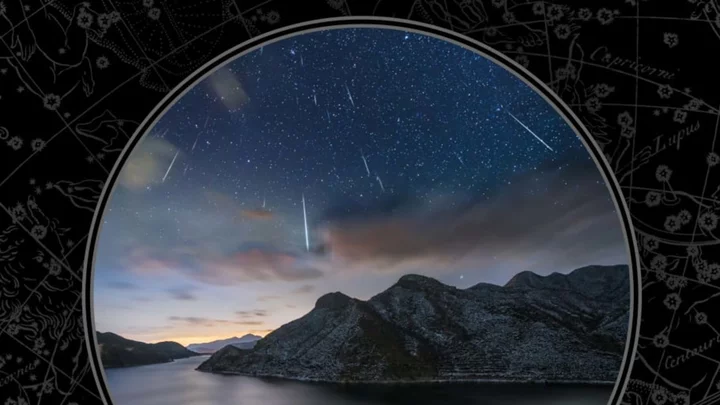If amateur sky-gazers catch one meteor shower a year, it’s usually the Perseids. The event peppers the sky with up to 100 shooting stars per hour most years in August, making it one of the most reliable light shows on the astronomical calendar. With the moon in its waning crescent phase when the Perseid meteor shower peaks, observers will have a good chance at spotting a dazzling display of meteors and even fireballs in space. Here’s what you need to know.
What is the Perseid Meteor Shower?
The Perseids appear to originate from the constellation Perseus, which is how they got their name. The meteors are actually born from the comet Swift-Tuttle. When our planet passes behind the comet each August, debris from the tail burns up in our atmosphere. This results in a flurry of shooting stars streaming across the night sky.
The Perseids usually begin in mid-July and last until the third week of August, with their peak at the midpoint of that period. In 2023, the shower peaks on the night of Friday, August 11, and the morning of Saturday, August 12. The meteors from the shower are numerous and bright: In a good year, the Perseids produce as many as 200 shooting stars at their peak. Hopefully, with the moon relatively dim, sky-gazers will have a better experience than last year when the full moon’s reflection washed out the show.
How to View the Perseid Meteor Shower
The pre-dawn hours on August 12, when the sky is at its darkest, are the best times to look up. After finding a spot with open skies and minimal light pollution, give your eyes plenty of time to adjust to the darkness. Keep an eye out for fireballs, which are very bright meteors, and meteors with exceptionally long trains of celestial dust—the Perseids are known for producing both.
A version of this story ran in 2022; it has been updated for 2023.
This article was originally published on www.mentalfloss.com as The 2023 Perseid Meteor Shower Will Light Up August Skies—Here’s How to See It.

